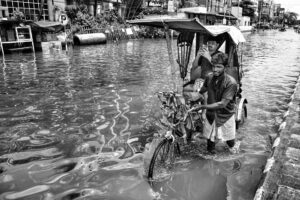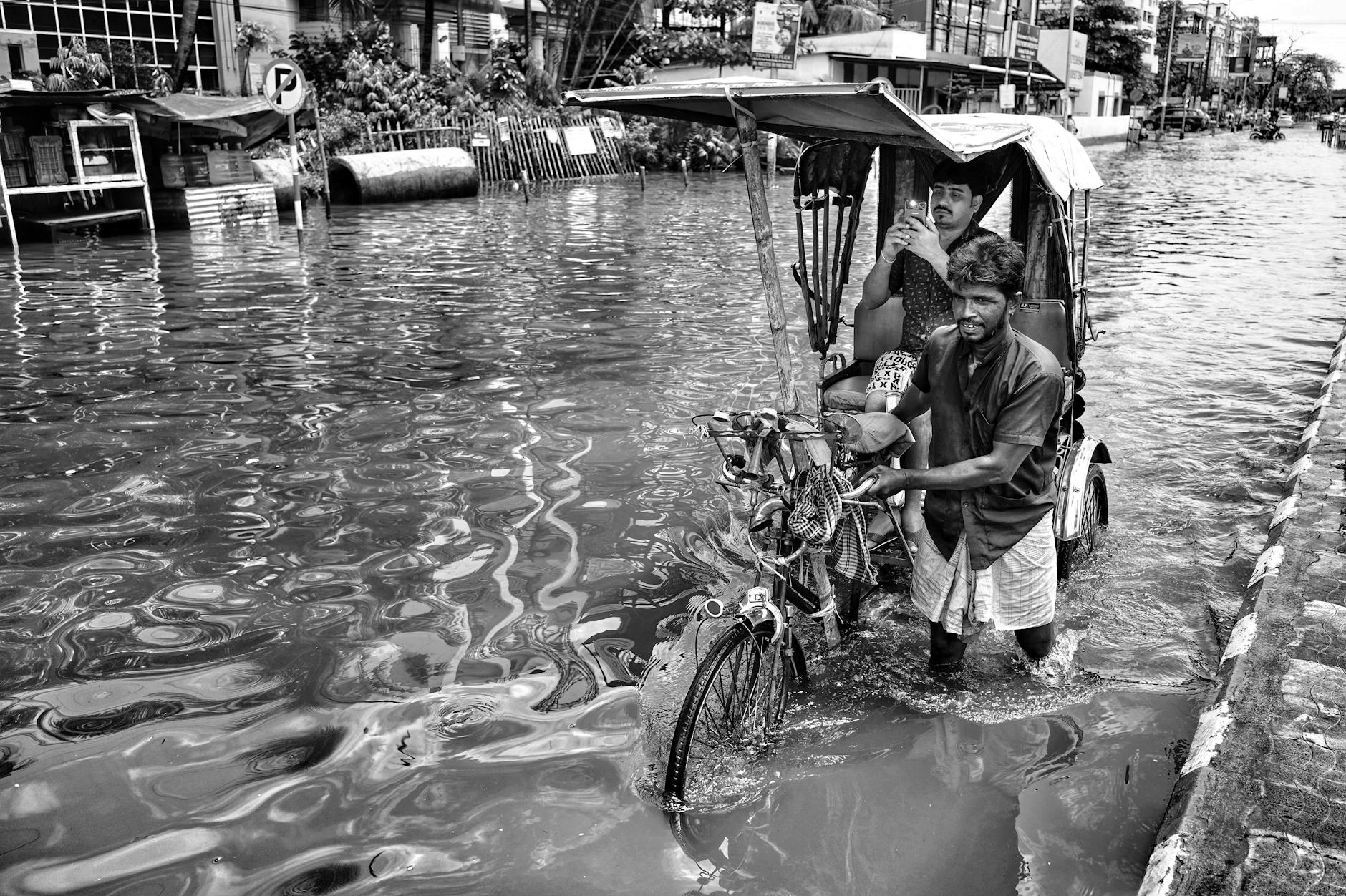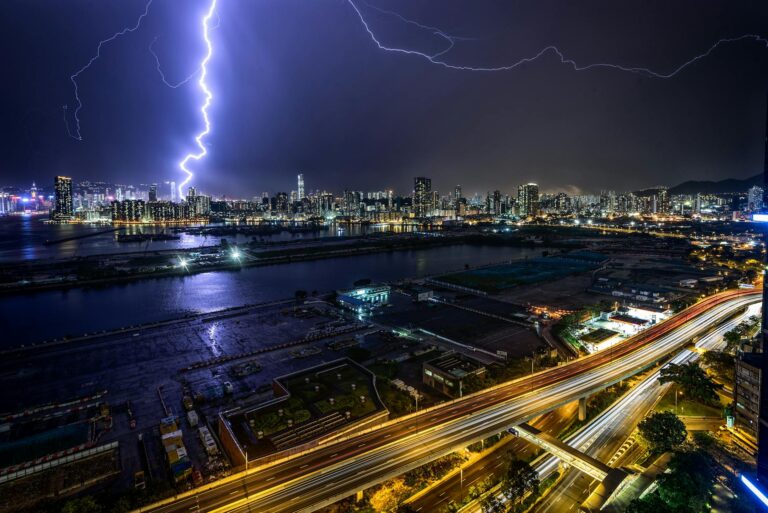Bay of Bengal Cyclone Wreaks Havoc – UP, Bihar Underwater, Delhi Preps for Downpour
You know how monsoon season can get crazy? Well, this year’s taking it to another level. A nasty cyclone brewing in the Bay of Bengal has teamed up with the monsoon to dump insane amounts of rain across northern and eastern India. Right now, parts of Uttar Pradesh and Bihar look more like swimming pools than cities, while Delhi’s holding its breath waiting for the hammer to drop. The weather folks at IMD are sounding alarms left and right as rivers jump their banks, forcing thousands to leave their homes. And honestly? This is just the beginning.
1. What’s Happening On the Ground
1.1 That Bay of Bengal Trouble Maker
This cyclone’s been gaining strength for two days now—feeding all this moisture into our already hyperactive monsoon system. The result? Bihar, UP, and bits of West Bengal are getting absolutely pounded. Worst part? The system’s moving slower than Delhi traffic, which means more rain in the same spots for longer. Not good.
1.2 UP and Bihar: Ground Zero
Places along the Ganga—Patna, Varanasi, Gorakhpur—are getting hit hardest. Over 100 villages underwater already, at least a dozen lives lost, and farmers watching their crops wash away. Rescue teams are doing what they can, but landslides and blocked roads are making their job hell. It’s chaos out there.
1.3 Delhi’s Waiting Game
IMD’s slapped orange alerts on Delhi, Punjab, Haryana—you name it. They’re predicting 100-150mm rain in the next day. Yamuna’s creeping up toward danger levels, and you can bet the authorities are scrambling to get flood barriers ready. Remember last year’s mess? Yeah, they’re trying to avoid a repeat.
2. What’s Coming Next
2.1 Straight from the Weather Gurus
Bihar and eastern UP are still under red alerts, while Delhi’s orange alert runs through Friday. Here’s the kicker—Himachal and Uttarakhand’s reservoirs are already 90% full. Where’s all this new water supposed to go?
2.2 Monsoon’s Running Late But Making Up For It
This year’s rains showed up a week late to the party, but when they arrived? Oh boy. Bihar’s already seen 20% more rainfall than last year. Farmers are panicking about ruined crops, and cities? Their drainage systems might as well be using teacups to bail out the water.
3. How This Affects Real People
3.1 Daily Life Turned Upside Down
Trains in Bihar? Cancelled on 12 routes. Delhi airport’s warning about delays. And in rural UP, forget about electricity—floodwaters took out substations like they were made of cardboard.
3.2 The Health Time Bomb
Doctors are sounding the alarm about dengue and cholera outbreaks in waterlogged areas. Bihar’s sent out mobile medical units, telling people to boil water before drinking. But let’s be real—when your whole neighborhood’s underwater, that’s easier said than done.
4. What’s Being Done About It
4.1 Rescue Ops in Full Swing
NDRF teams have pulled over 1,200 people to safety in Bihar alone. UP’s government threw ₹200 crore at the problem, but critics say warnings came too late. Typical story, right?
4.2 Delhi’s Getting Its Act Together
Municipal workers finally cleared some of those clogged drains (only took a crisis to make it happen). Punjab’s stacking sandbags like there’s no tomorrow. They’re telling people to stay away from flooded underpasses—because apparently some folks need to be told not to swim through city streets.
5. This Isn’t New, Sadly
Remember Cyclone Amphan in 2020? That ₹1 lakh crore disaster? Experts say these extreme rainfall events have jumped 30% in the last ten years. Climate change isn’t coming—it’s already here, and it’s wrecking shop.
6. How Not to Become a Statistic
- Seriously, don’t try to walk or drive through floodwater. That brown water’s hiding all sorts of nasty surprises.
- Stock up on drinking water and essentials now. Once the power goes, good luck finding anything.
- Keep an eye on IMD updates (mausam.imd.gov.in) and local emergency numbers.
Bottom Line
Nature’s throwing everything it’s got at northern India right now. While rescue teams are doing heroic work, we need to start thinking long-term about how to handle these disasters—because they’re not going away. Stay alert, listen to warnings, and if you can help with relief efforts, now’s the time. Every little bit counts when the water’s at your doorstep.
Source: News18 Hindi – Nation










